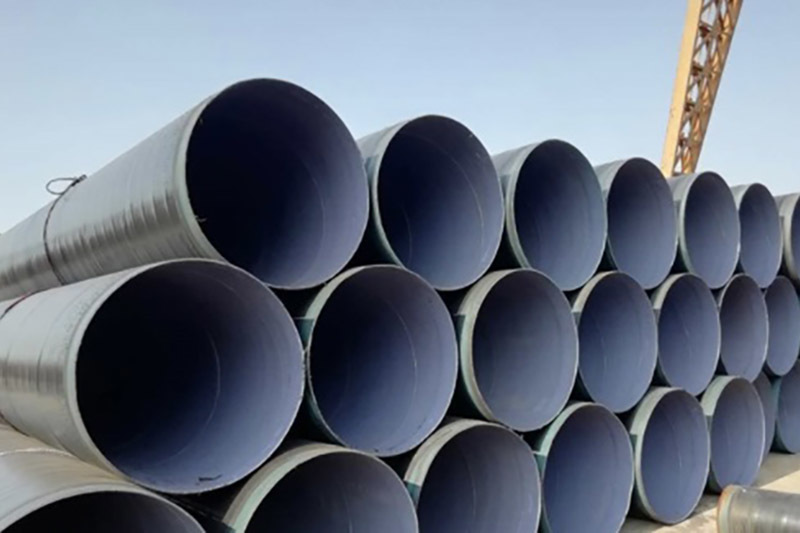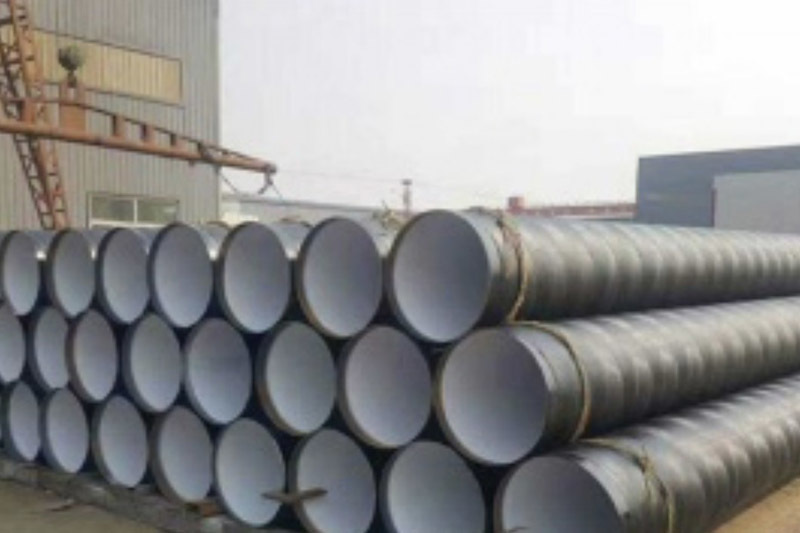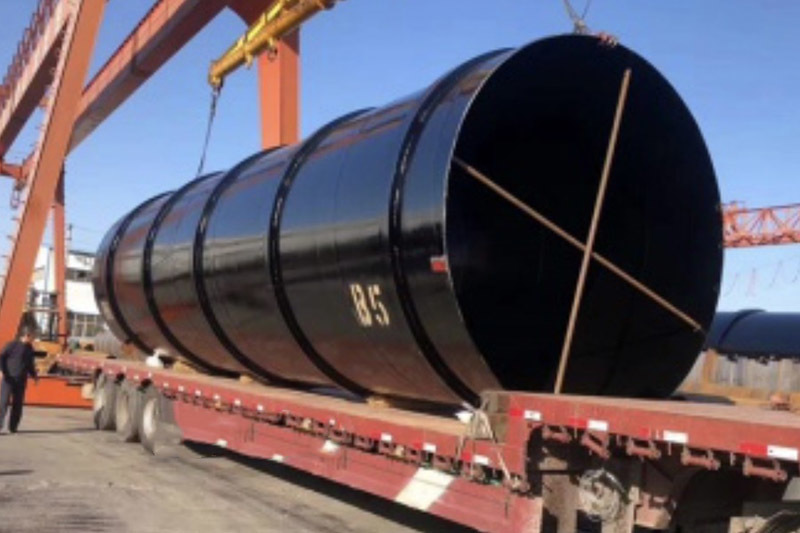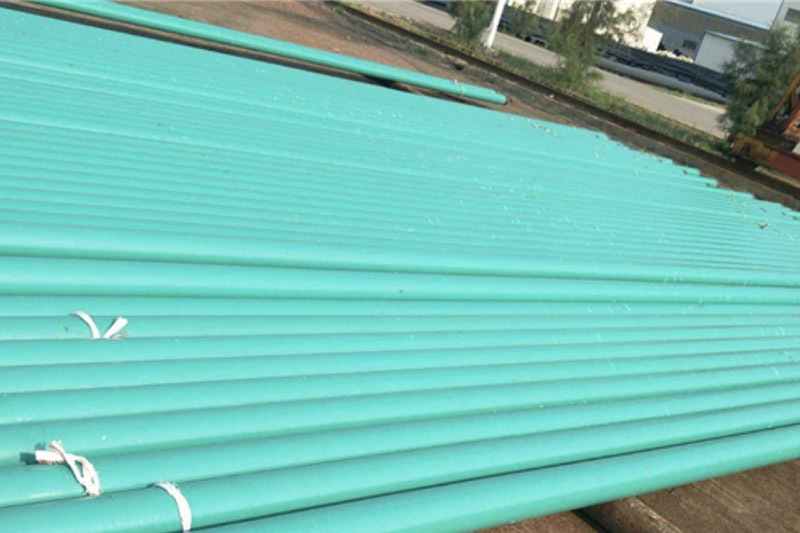Products Center
Contact Us
Tel / WeChat / Telegram:
WhtasApp:
E-mail:
hebeiyidi2019@gmail.com
670248293@qq.com
Office:
Weissi East Road, Xindian New District, Hui Autonomous County, Mengcun, Cangzhou City, Hebei Province, China
Elbow
- Commodity name: Elbow
- Product Description
-
Elbows are a common type of pipeline connector, including 90 degree elbows, 45 degree elbows, radius elbows, etc., mainly used to change the direction of pipelines. According to the different materials and purposes, elbows can be divided into various types, including thick walled elbows, wear-resistant elbows, etc.
Thick walled elbow
Thick walled elbows have a relatively thick wall thickness and typically use high-quality wear-resistant steel as the base material. They are widely used in various wear environments, such as abrasive wear, corrosive wear, erosive wear, and impact wear. The specification range of thick walled elbows is wide, ranging from DN10 to DN2000, and the materials can be carbon steel, cast steel, alloy steel, stainless steel, etc. The production process includes pushing, pressing, forging, and casting. Thick walled elbows have the characteristics of corrosion resistance, acid and alkali resistance, and long service life. They are commonly used in petroleum and gas pipeline engineering, natural gas pipeline engineering, chemical plants, power plants, shipyards, pharmaceuticals, dairy products, beer, beverages, and water conservancy.
Wear resistant elbow
Wear resistant elbows exhibit excellent mechanical performance, especially under normal operating conditions in power plants, and their service life can exceed two major maintenance cycles (12 years). Ceramic lining is usually used inside wear-resistant elbows, which have high wear resistance, high temperature resistance, and good thermal stability. The structural form of the ceramic lining is "three sided compression, three sided counter compression, and positive and negative curvature", ensuring a firm connection between the ceramic sheet and the steel pipe. The ceramic lining thickness of wear-resistant elbows is usually 10mm, and the unit weight does not exceed 230kg/m. The production process includes energy storage welding and the use of seamless or welded steel pipes, ensuring the stability and durability of the product.
Production process and material characteristics
The production process of wear-resistant elbows includes centrifugal casting and spot welding with clamping. Centrifugal casting adopts the "self propagating high-temperature synthesis high-speed centrifugation technology" to form a uniform, dense, and smooth surface ceramic layer. The spot welding installation card uses high-temperature resistant strong adhesive to stick the ceramic sheet to the inner wall of the pipeline and fix it through spot welding process. These production processes endow wear-resistant elbows with excellent wear resistance, corrosion resistance, and high temperature resistance. The Mohs hardness of its ceramic layer can reach over 9, with strong corrosion resistance, smooth surface, low operating resistance, and light weight.
Key words:
Get A Quote
NOTE: Please leave your email, our professional person will contact you asap!
Tel / WhatsApp:
E-mail:














